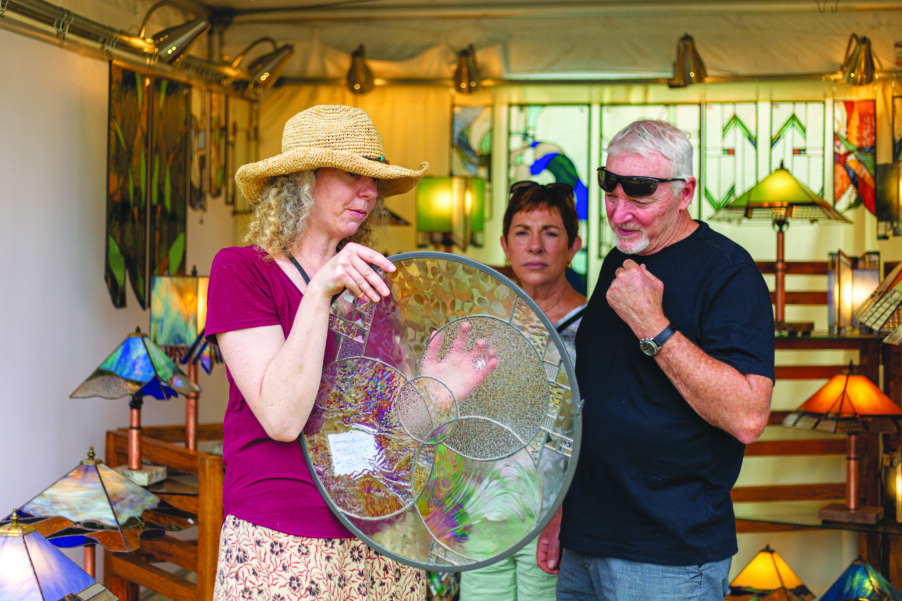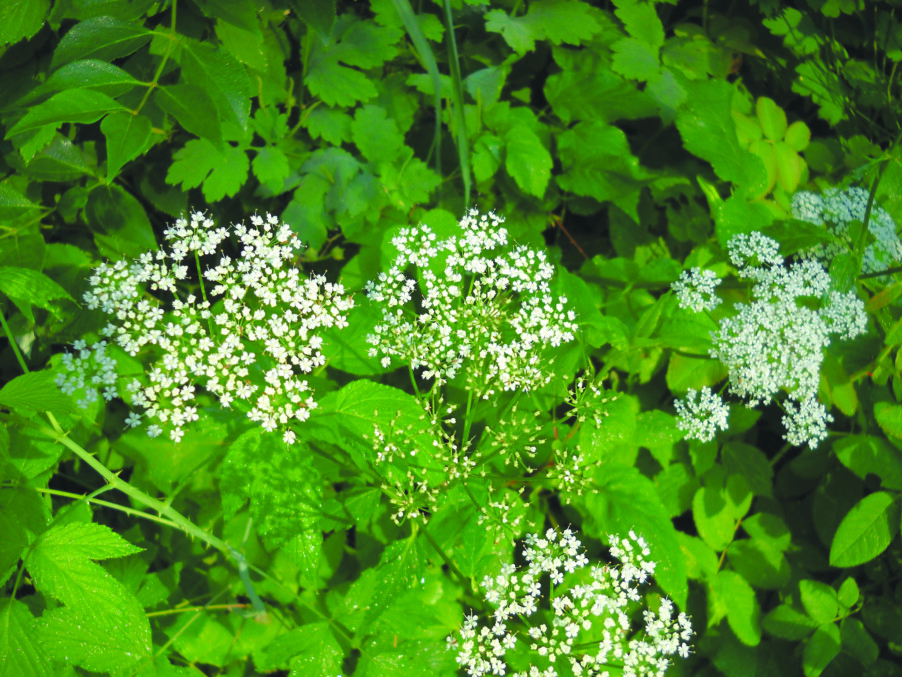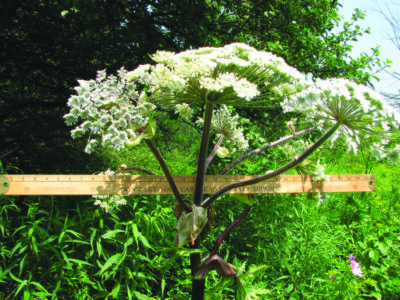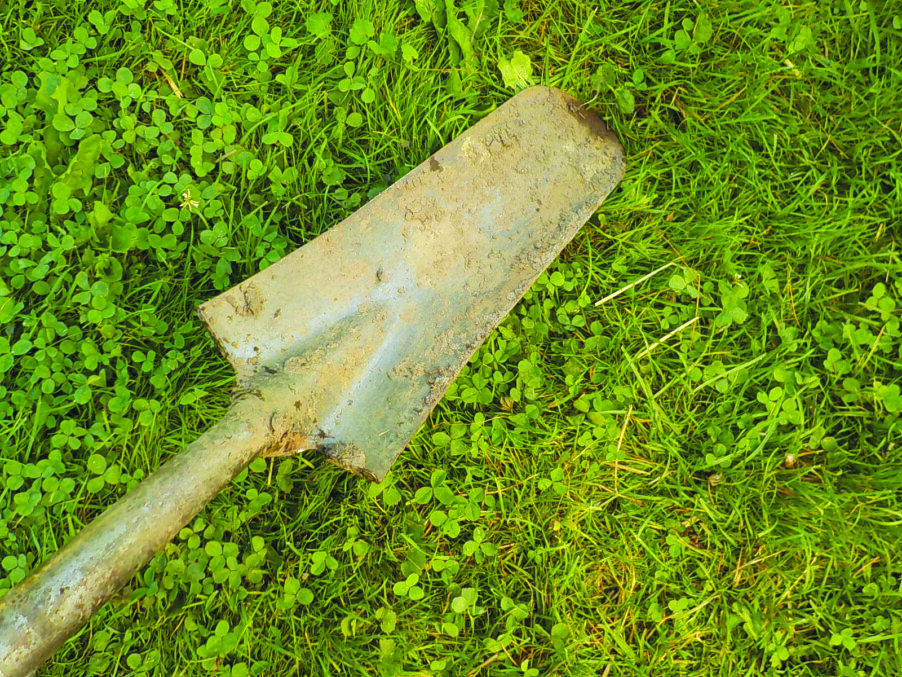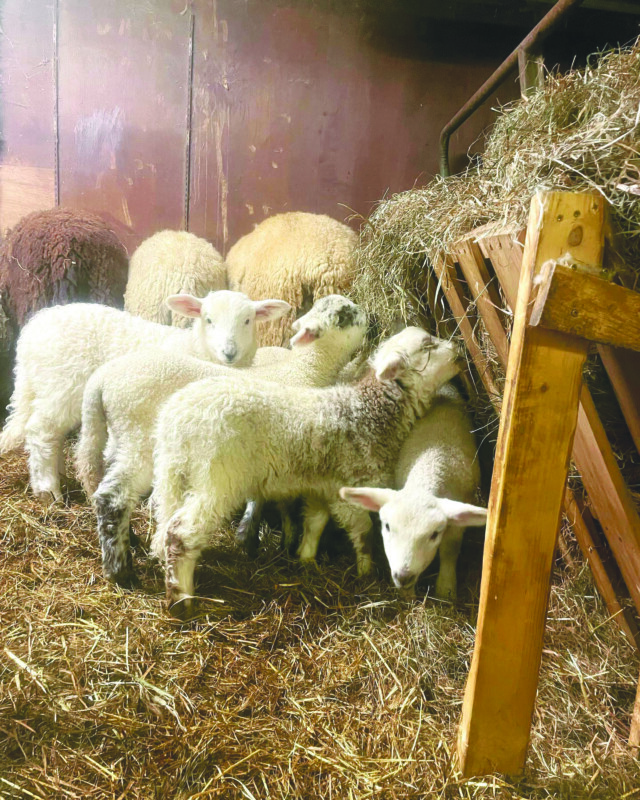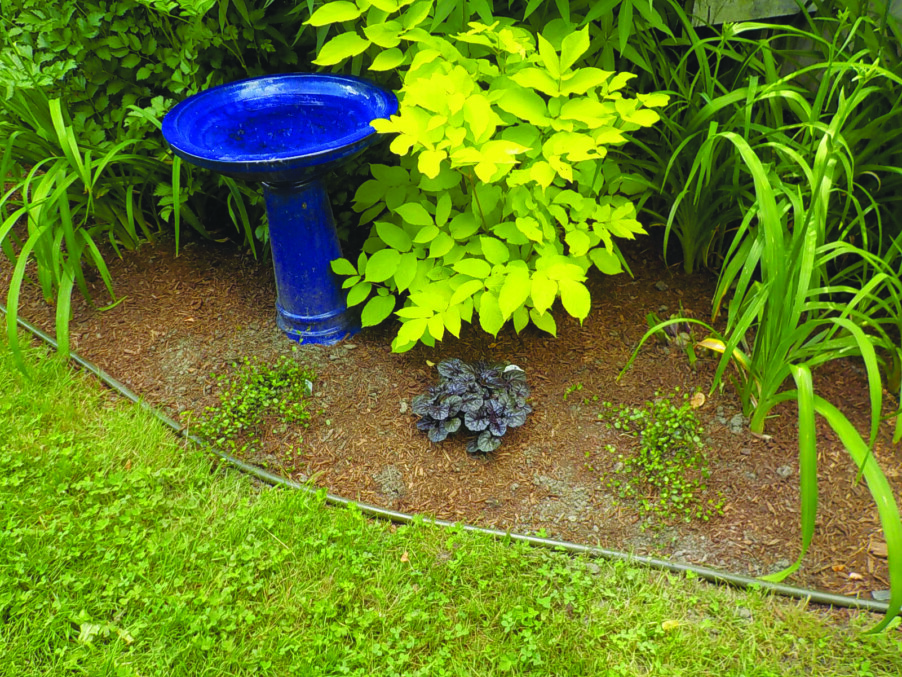Homemade gifts and goods available at 89th annual Craftsmen’s Fair
By Katelyn Sahagian
ksahagian@hippopress.com
There will be everything from pottery and woodworking to rug hooking and handmade Shrinky Dink jewelry up for purchase at the Craftsmen’s Fair.
The fair, put on by the New Hampshire League of Craftsmen, is the longest continuously running outdoor event of its kind. This year it is back in action for the 89th year. For nine days, visitors can shop at different booths and the League’s co-op shop, speak to the artisans, take in live demonstrations, and learn about all the different artforms in the Granite State.
Sarah Nyhan, the communications and administrations director for the League, said that they have been working “straight out but we’ll be ready and [the fair will] be fantastic.”
The fair will feature approximately 200 different artisan booths for people to shop at, not including the League’s shop, where members who did not sign up for booth space can still sell their wares.
Members of the League include craftsmen who make jewelry with precious stones, fiber artists who make felted toys and knitted goods, and potters making outlandishly large lawn ornaments.
Nyhan said that members have to be juried in, meaning that experts in their artform look at each applicant’s work and determine if it’s well-crafted and unique enough to earn them a place in the League.
“We look for excellence and something that has the spirit of the maker,” Nyhan said about the jury process, adding that they look for what makes each artisan unique and how that translates into their craft. “It’s something that we’re really proud of; [members] are masters in artistry and personal expression and not just technical experts.”
Nyhan said that the newest part of the fair is an outreach program. She said that the League is determined to make an impact on younger generations of makers, and reach out to ones that might not know that art is a potential career.
“I had a craftsman say to me, ‘No one ever told me that this was an option when I was a kid,’” Nyhan said. “We want them to know it is an option. It’s not an easy thing to do, but it is possible to pursue your passion.”
Right now, Nyhan said, the program is primarily composed of children and grandchildren of artisans, but she said the League hopes that will change.
This year there will be a tent for children to make different crafts for free, with local artisans teaching them. There will also be a scavenger hunt for younger kids, encouraging them to go out and ask questions of the vendors and demonstrators. There will even be students who took the artist-in-residence program through the League who will be on hand selling their own creations.
“We’re saying we’ll take anyone who’s committed to their craft,” Nyhan said. “We’re very excited. The kids are great and the craftsmen want to encourage them.”
League of NH Craftsmen’s Fair
When: Saturday, Aug. 6, through Sunday, Aug. 14, daily from 10 a.m. to 5 p.m.
Where: Mount Sunapee Resort, 1398 Route 103, Newbury
Cost: A day pass is $16; veteran, active military, and senior tickets cost $14; two-day passes are $24 and are valid for any two days of the event; kids 12 and younger are free.
Visit: nhcrafts.org
Featured photo: Fairgoers interact with craftsman Julia Brandis. Courtesy photo.

